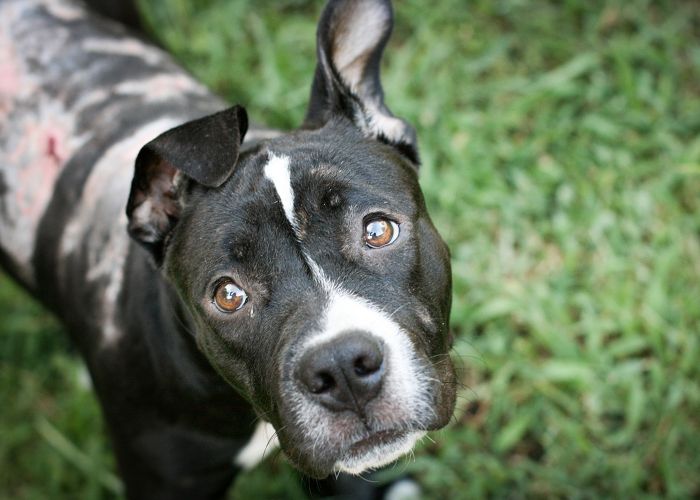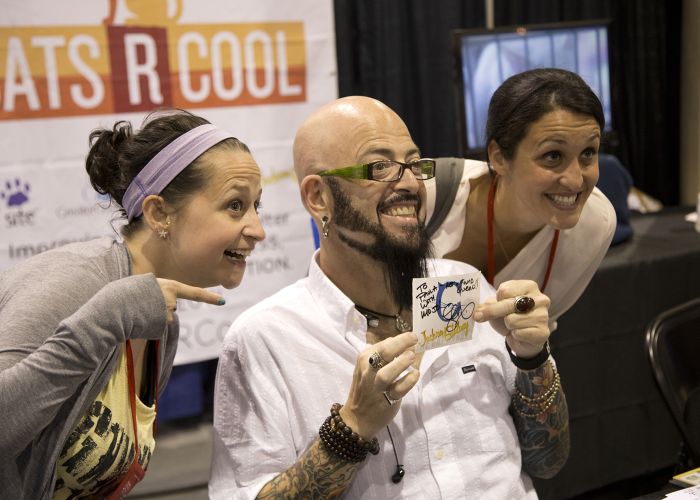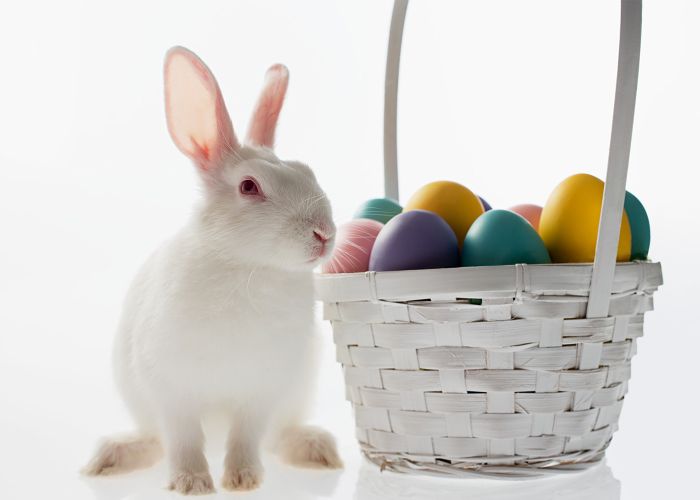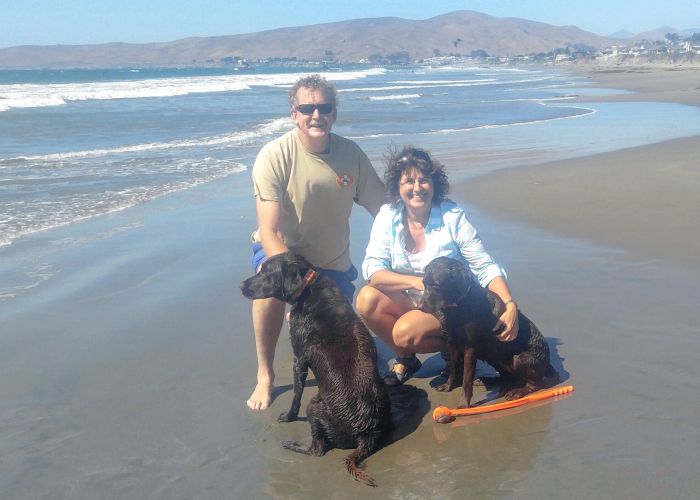Why words matter: Animals and ‘it’
Shelter and rescue communications can help reinforce animals’ humanity by embracing the use of personal pronouns

Chances are, when you’re showing off a goofy photo of your pet, you don’t gush, “It’s such a good dog!” Such phrasing probably sounds wrong, as it should, when referring to the pets who (not ‘that!’) share your home and offer unconditional love. Many people consider their pets family members and would be quick to say, “He’s such a good boy!” instead.
“Anyone who has known and loved an animal understands instinctively that they are not objects and that they have feelings, needs and individuality,” explains M. Carrie Allan, senior vice president of communications at Humane World for Animals. “Calling living beings ‘it’ can subtly reinforce longstanding rationales that prop up abuse and exploitation.”
Humane World for Animals’ internal style guide has long recommended that staffers refer to animals as “he/she/they” and “who.” An effort is also underway to call on the Associated Press to update its style guide’s recommendation on the use of personal pronouns for nonhuman animals. (Widely used by print and online news sources, the AP Stylebook contains rules for journalistic references to everything from AARP to zero-based budgeting.)
A nearly 1,000-word letter from 90 animal protection leaders, scientists, professors and authors, notes that “the current references to [animals] as it, that and which reduces individual nonhuman animals deserving of our understanding, respect and protection to mere objects to be owned and exploited for utilitarian purposes.”
“The more we can normalize referring to animals with he/she pronouns and related parts of speech, the sooner we’ll see that adoption by the style and grammar experts.”
—Rachel Querry, the HSUS
Dr. Barbara Hodges, program director of advocacy and outreach for the Humane Society Veterinary Medical Association, was among those who added their names to the document in support.
“As veterinarians, the majority of our clients—who, increasingly, see themselves as pet parents, not pet owners—would be insulted if we referred to their furkids who are our patients as ‘it,’ rather than ‘he,’ ‘she,’ ‘they’ or by their given names,” explains Hodges. “Using personal pronouns for animals is an acknowledgement of their elevated status in our lives and in our broader society, and a linguistic gesture of respect for them. As animal caregivers and advocates we should take the lead by first changing our conversational usage. These changes in common parlance will eventually be reflected formally in the written word.”
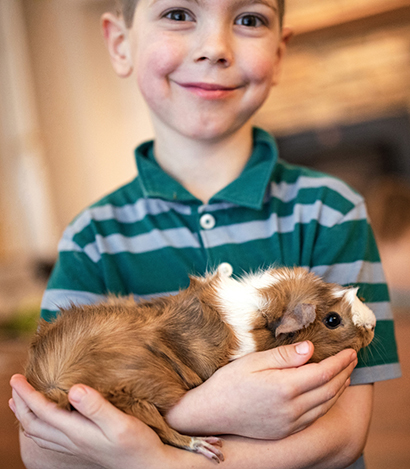
“Most journalistic style guides stipulate that when referring to animals, writers should refer to them by ‘it,’ rather than ‘who’ or the appropriate gender pronoun, treating animals from Snuffles, the beloved family dog, to Cecil the lion, leader of his pride, as no different from inanimate objects—the equivalent of a chair or a stone,” Allan agrees. “You won’t see any animal described as an ‘it’ in our content. As an organization advocating for better treatment for animals, we break from this outdated practice and use language that reflects our values.”
But there’s still work to be done outside the bubble of animal welfare to further acknowledge that animals are living beings who deserve compassion and respect.
“The more we can normalize referring to animals with he/she pronouns and related parts of speech, the sooner we’ll see that adoption by the style and grammar experts,” says Rachel Querry, senior director of communications at the HSUS.
Of course, it’s a bit harder to distinguish a “he” from a “she” in the animal kingdom, so there’s also an opportunity to embrace the gender-neutral “they/them.”
“When I think of the animals who have shared my life or the ones I see around me, they have much more in common with humans than they do with a piece of furniture or anything else we’d refer to as an ‘it,’” says Querry. “They move, they interact with us, they breathe, they wake and they sleep. They live and eventually they die. Animals are a he or a she, not an it.”


